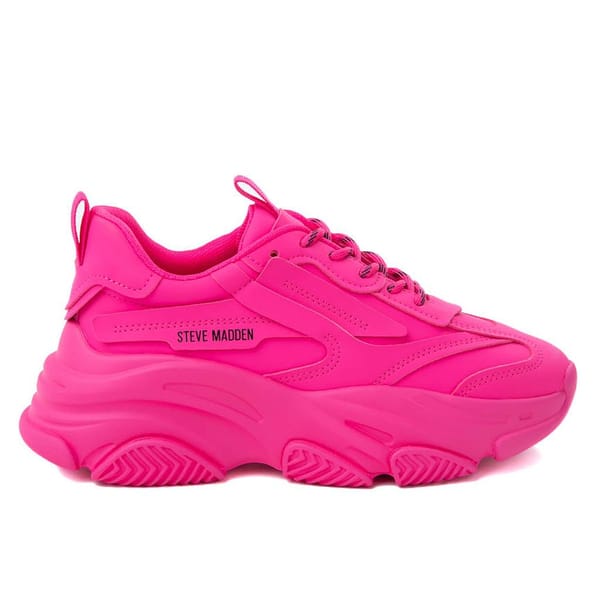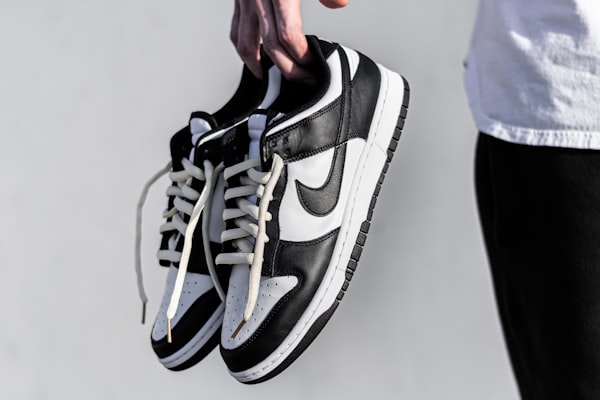Welcome to Fun Fact Friday! Today we'll be discussing a fascinating topic: wedge shoes! You might be wondering what makes wedge shoes so interesting. Well, did you know that they were actually a stylish solution to wartime rationing? That's right! During World War II, there were strict regulations on the use of materials, including leather, which meant that traditional high heels were not a practical option for women.
But designers didn't let this restriction get them down. Instead, they devised the genius idea of creating wedge shoes, which used less material and provided more stability than traditional heels. This allowed women to remain stylish and comfortable while dealing with the challenges of wartime life.
During WWII, designer Salvatore Ferragamo could not get steel to create high heels. So, he experimented with Sardinian cork instead. In his trials, he attached cork to the sole of a shoe, and the infamous cork wedge was born.
The history of wedge shoes can be traced back to the 1930s, but during the war years, they really became popular. They were seen as a practical and affordable alternative to traditional high heels. They were often paired with feminine dresses and skirts. Wedge shoes also became popular among women who worked in factories or other jobs requiring them to be on their feet for long periods.
In addition to being a practical solution to wartime restrictions, wedge shoes symbolized female empowerment. Women were no longer confined to uncomfortable and impractical footwear; instead, they had a stylish and practical option that allowed them to move freely and comfortably.
Wedge shoes continue to be popular today, and it's no surprise why. They are versatile, comfortable, and stylish, making them the perfect footwear choice for any occasion. And the fact that they have such an exciting history only adds to their appeal.
While wedge sole shoes are typically associated with women's fashion, they have also been a popular choice for men, especially those in certain industries. For example, ironworkers and other tradesmen working on construction sites or in industrial settings often prefer wedge-sole shoes because they provide excellent grip on slippery surfaces and are more comfortable to wear for long periods. The wide base of the wedge sole also provides better stability than traditional soles, which can be important when working at heights or in other precarious situations.
So the next time you slip on a pair of wedge shoes, remember the innovative designers who created them to solve wartime rationing. And if anyone asks why you're wearing them, you can proudly say you're paying homage to a piece of fashion history.
Related Articles










